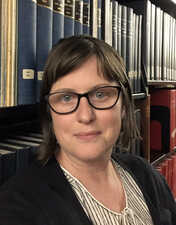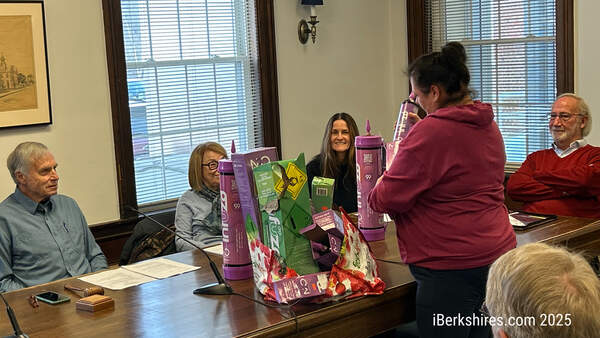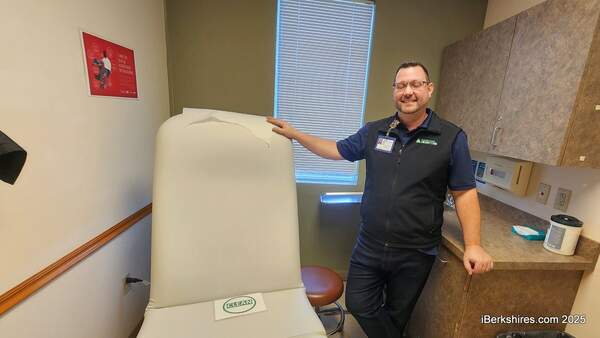Clark Art Names New Library Director
 |
WILLIAMSTOWN, Mass. –– Andrea Puccio has been selected as the next director of the Clark Art Institute’s library.
Puccio, who previously served as the collections management librarian at the Clark, has been promoted to the leadership role, replacing Susan Roeper, who is retiring after a 40-year career at the Clark. Puccio joined the Clark’s staff in 2016 and has been responsible for managing all operational aspects of the library collection, including cataloging, digital collections, preservation, conservation and web archiving.
In her new role, Puccio leads a full-time staff of 10 librarians and archivists in overseeing the library’s collection of some 300,000 volumes.
"After undertaking a rigorous international search, we were extremely proud to recognize that the best qualified candidate to take over as the new director of the library was already a member of our staff," said Olivier Meslay, Hardymon Director of the Clark Art Institute. "Throughout the hiring process, we were continually impressed with Andrea’s keen insights into the challenges confronting libraries today and with her vision for the ways in which the Clark library can build upon its foundational strengths to address the needs and interests of scholars, researchers, students, and the general public. Andrea’s commitment to the library is deep, her knowledge is extensive, and her professional qualifications are exceptional. She is already a valued and trusted colleague, and we are confident that she will emerge as a strong leader."
Prior to joining the Clark, Puccio served for 10 years on the staff of the Metropolitan Museum of Art’s Thomas J. Watson Library as assistant museum librarian and spent a year on the staff of the Morgan Museum and Library, where she cataloged miniature books in the library’s Julia P. Wightman collection.
Puccio holds a master of science degree in information and library science from the Pratt Institute, New York, and a bachelor of fine arts degree from the Massachusetts College of Art and Design, Boston. She is a frequent presenter at library conferences and has written extensively on aspects of the Clark’s library collection.
"The last five years at the Clark have been an incredible learning experience and have only deepened my commitment to providing equitable access to critical information and resources," Puccio said. "I am continually inspired by the care and dedication shown by my colleagues in building and maintaining the library’s collection to serve the needs of today’s users and to ensuring that the collection is preserved and remains accessible long into the future. I am honored to have been selected to lead this team as we begin a new chapter – pun intended."
Tags: Clark Art,















